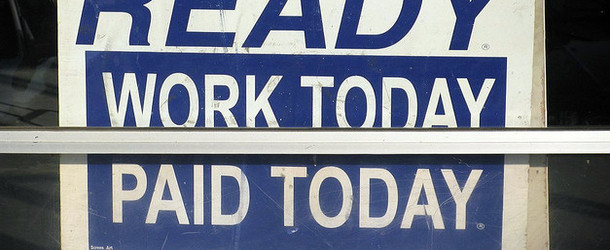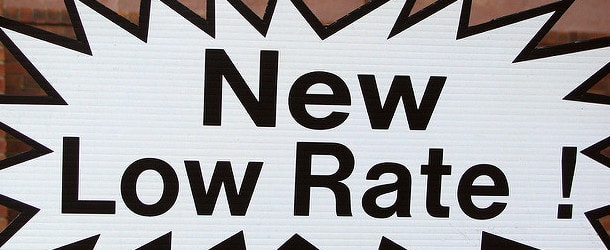Mortgage Rates
Everything you’ve ever wanted to know about mortgage rates. And even more than that…quite possibly the most important aspect of the home loan process.
After all, they stay with you for a long, long time. The rate you get today could be yours for the next 30 years.
In other words, shop wisely so you get a lower one! And don’t worry, I’ve got you covered with lots of actionable tips and tricks to accomplish that.
Start off by reading my primer on how mortgage rates are determined.
Then check out some of my popular mortgage rate posts, such as how to track mortgage rates. And do mortgage rates change daily.
Before long, you’ll be an expert yourself! That could eventually help you negotiate your mortgage rate once it’s showtime!










